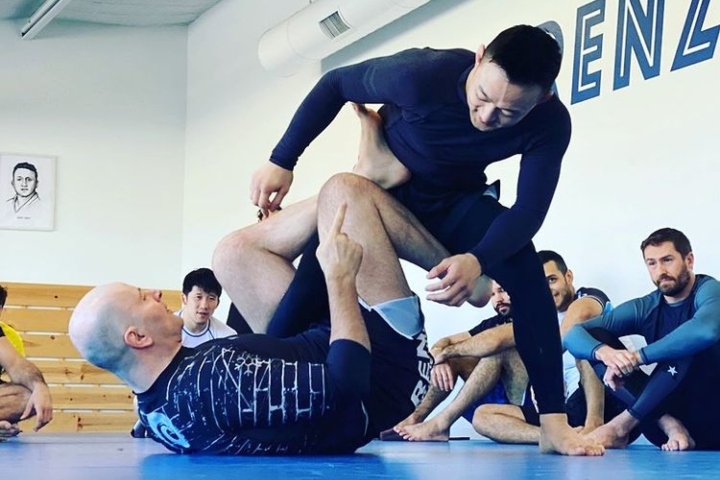What is necessary to make a submission work?
Yes, learning the finishing mechanics and applying them well is important. But there’s something else, even more vital – immobilizing your opponent.
Simply put, before you go for the finish, you need to immobilize the limb you’re attacking.
John Danaher explains further:
If it ain’t tight – it ain’t right.
The first goal when applying submission hold is to immobilize your opponent.
It’s already difficult enough to apply a lock, don’t make it more so by trying to apply it on a wildly twisting and turning opponent. Use the tightness of your hold to immobilize him.Once immobilized, the next problem becomes slippage. You will need to set a lever and fulcrum in order to break your opponent.
If he begins slipping off the fulcrum this will become impossible.
And what makes immobilization possible, as well as slippage difficult?
It’s physical tightness:
You will need a high degree of isometric tension around your opponents limb.
Learning to set that tension and position yourself appropriately is a big part of your future success or failure.You learn this first in passive drilling.
Don’t just repeatedly perform the move – with each repetition try to find the optimal body position that maximizes control and minimizes slippage whilst feeling for a sufficient degree of isometric muscular tension that does the job without exhausting you.Finding that physical and mechanical tightness is the key to progress in submission holds.
View this post on Instagram

















